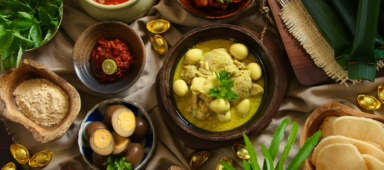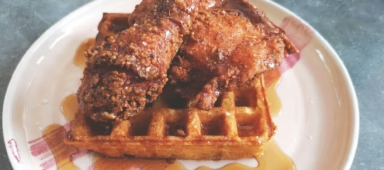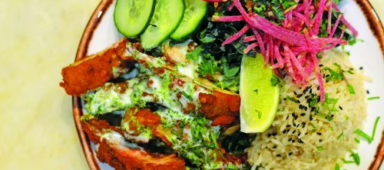Six unmissable offerings to try while visiting the dynamic city
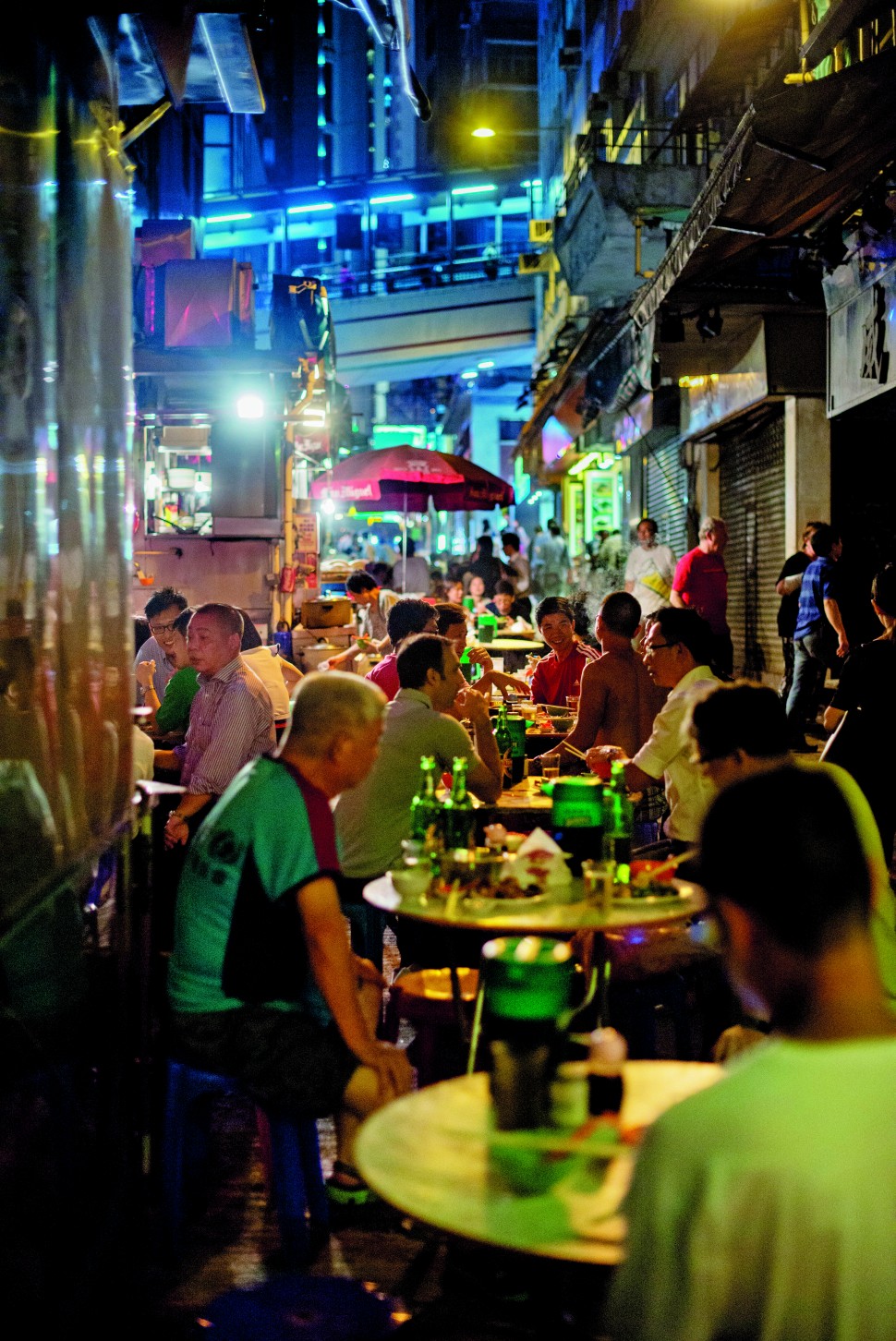
Hong Kong's culinary culture is as electric as its world-famous skyline. Indigenous traditions have been developing in the city for hundreds of years, resulting in a bewildering array of street fare, barbecued treats and comforting delights that make Hong Kong a food enthusiast’s dream.
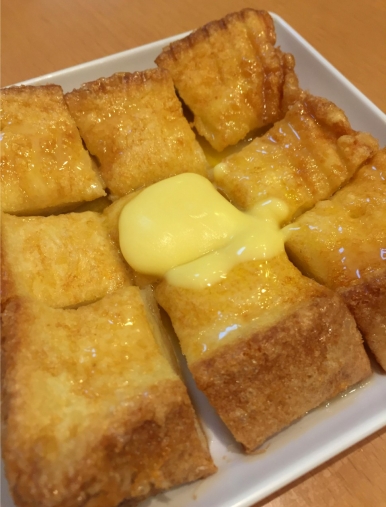
Hong Kong-style French toast
Hong Kong-style French toast is the city's undisputed king of after-dinner indulgences. Stemming from the Western French toast, the Hong Kong version adds a layer of kaya (coconut-pandan jam) or peanut butter in between the fluffy toast.
Soaked in beaten egg, then either pan-fried or deep-fried, the toasts are irresistibly soft, melting in your mouth immediately when eaten hot. This treat is served at almost any kind of cha chaan teng (literally translated as tea restaurant) and is suitable for any time.
For a good old-fashioned toast, drizzle it with syrup or butter. Some restaurants are putting a modern spin on the staple with Nutella, custard, taro and black sesame as toppings, perfect for the adventurous sweet tooth.
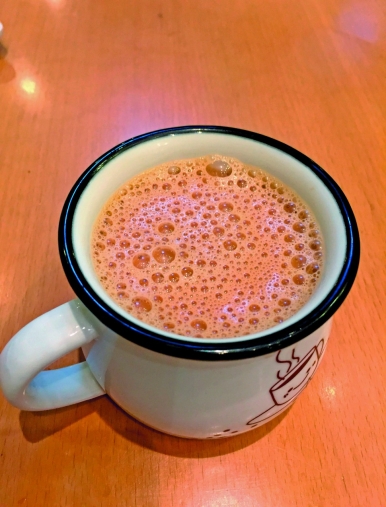
Hong Kong-style milk tea
Hong Kong's colonial past is tastefully blended into this small cup of mixed milk and tea. During the colonial period, British tea culture – adding milk and sugar into tea – was widely appreciated by locals in Hong Kong cha chaan tengs. It's believed that this style of tea drinking was brought down to street tea stalls and became prevalent during the post-war period.
Hong Kong-style Milk Tea or “silk stocking milk tea” is made with the simplest ingredients – milk and tea – but requires the highest skill to make right. The tea pouring process is key, needing at least three to four times to enhance colour and flavour. The technique made the list of the ‘Intangible Cultural Heritage Inventory’ of Hong Kong this year. A perfect cup of milk tea finishes with mixing evaporated milk, or condensed milk, and sugar. This ubiquitous drink is enjoyed across society.
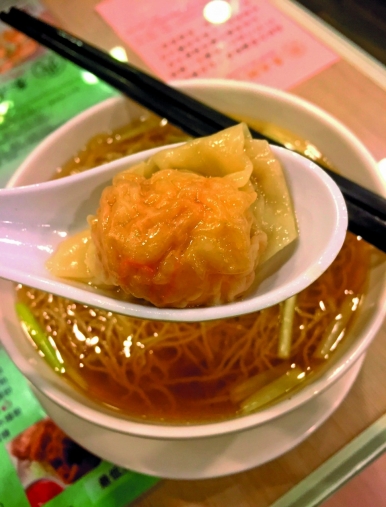
Wonton noodles
Wonton noodles are a hallmark of Hong Kong's food culture. The dish looks simple, but each element must be done right to make the perfect bowl – springy egg noodles, light broth, and, most importantly, goldfish-shaped wontons filled with big chunks of shrimp or minced pork that are almost translucent in thin flour wrappers.
Bigger doesn't mean better. In the most traditional manner, a perfect Hong Kong-style wonton should fit on a teaspoon. Making the noodles right is an art, too. They should be chewy and impart an alkaline taste at their best. Sprinkle a handful of shrimp roe to add a savoury dimension to the bowl.
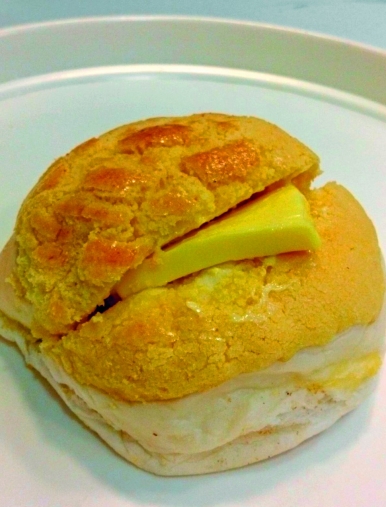
Buttered pineapple bun
Sugary and crunchy on the outside but soft and pillowy inside, the humble pineapple bun is the creme de la creme of Hong Kong's traditional snacks. The bun is so representative that its baking process was listed on Hong Kong’s ‘Intangible Cultural Heritage’ in 2014.
But don't be deceived by its name. It doesn't taste like or contain any pineapple. Pineapple bun is named for the golden crisscross patterned crust's resemblance to the fruit. Buttered pineapple bun is a variant of the pastry, served with a fat slab of butter sandwiched inside. A bite of this sugary yet savoury guilty pleasure is bound to make you swoon with happiness.
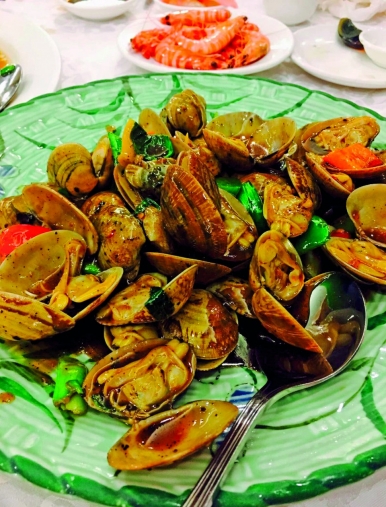
Seafood
Once a fishing village, Hong Kong's love affair with seafood has never faded. In fact, each Hongkonger consumes an average of 65.5 kilogrammes of seafood per year, more than three times the global average.
Being a coastal city means easy access to seafood. From the unassuming Lei Yue Mun fish market to the posh floating restaurant, there are bountiful opportunities to sample Hong Kong's world-famous seafood.
Clam is notably delicious. The most common method of preparing clams is to have them stir-fried in black bean sauce. Littleneck and cherrystone clams are the best to go with fermented black beans. It's important not to let the pungency of black beans overwhelm the shells. Most seafood dishes are prepared in a simple way – boiling –to retain the sweet freshness of the seafood. Abalone and shrimp, for instance, are best eaten boiled and served with soy sauce.
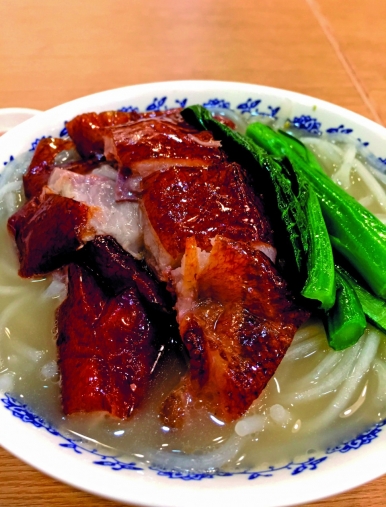
Roast goose noodles
Glossy vermicelli, crispy and crackling goose skin with succulent meat – a perfect combination for Hong Kong's hungry hordes. Pieces of roasted goose soaked in brine are served over vermicelli to balance the taste. A mixture of herbs and spices is incorporated into the brine to create a sweet, sour and mildly spicy flavour. Goose roasted to perfection should have a thin layer of fat sandwiched between the skin, while the meat should remain moist.
Most of the city’s goose eateries roast their fowl in kitchens at the back of the premises, allowing the tantalising smoky aroma to permeate the dining area. It's difficult to pass by without being tempted to step inside. The fragrant and juicy barbecued roast will surely make you crave more.
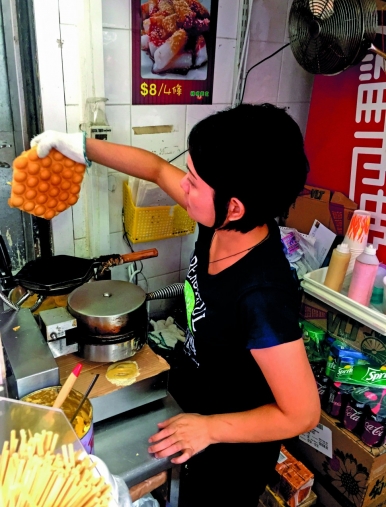
Egg waffles
They say if you come to Hong Kong without trying egg waffles, it's akin to travelling without taking any photos. With a crunchy outer shell and a soft interior, egg waffles are part of Hongkongers' collective memory. The trick is to flip the waffle at the right time in the first few minutes, so that the batter can be shaped perfectly into egg-shaped balls. Only half of the ball is filled with dough, leaving the remaining space with air.
The pastry has been through several variations over the years, incorporating ingredients from dark chocolate to melted cheddar cheese to ice-cream, proving the street staple’s ability to stand the test of time.

